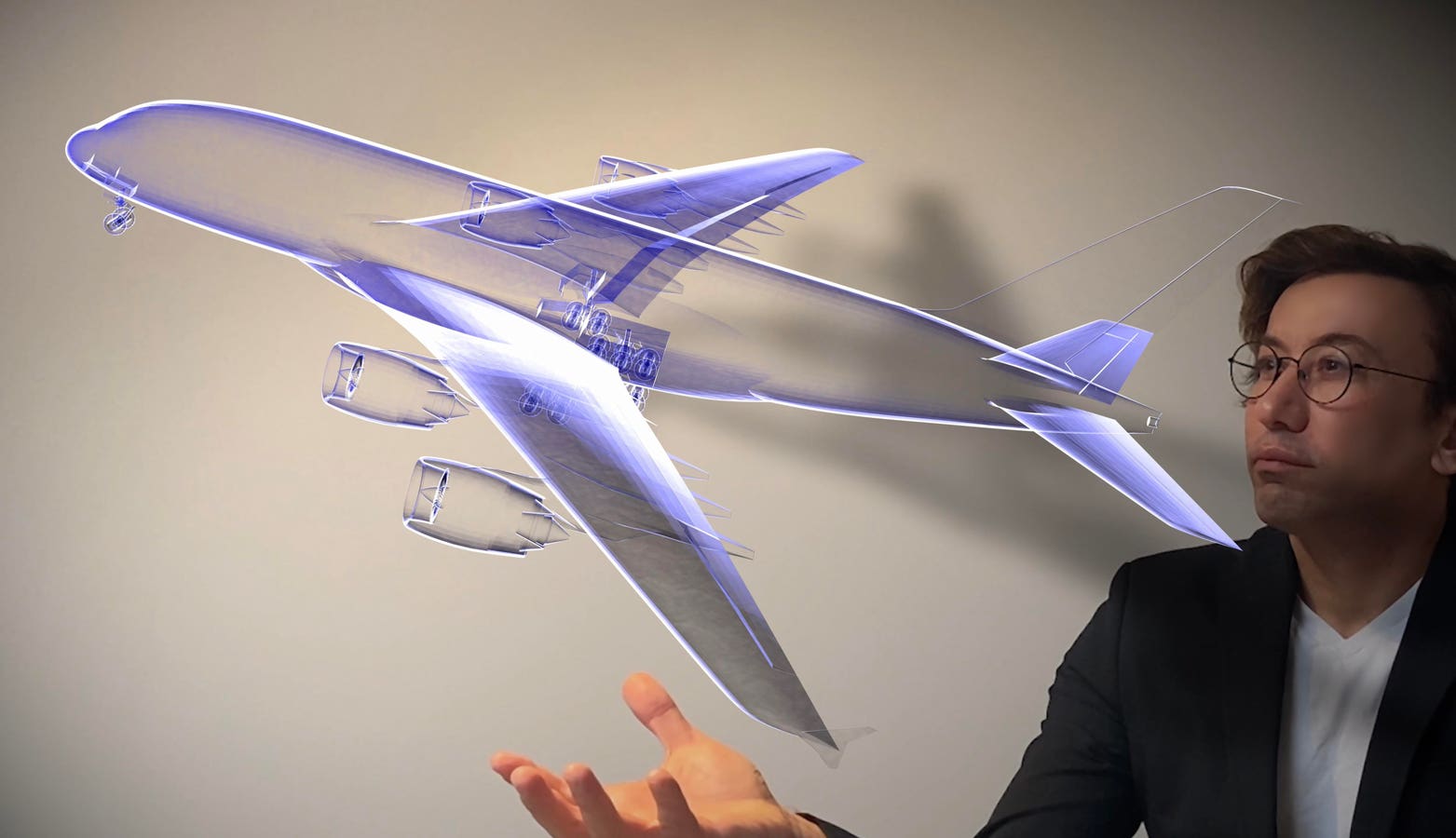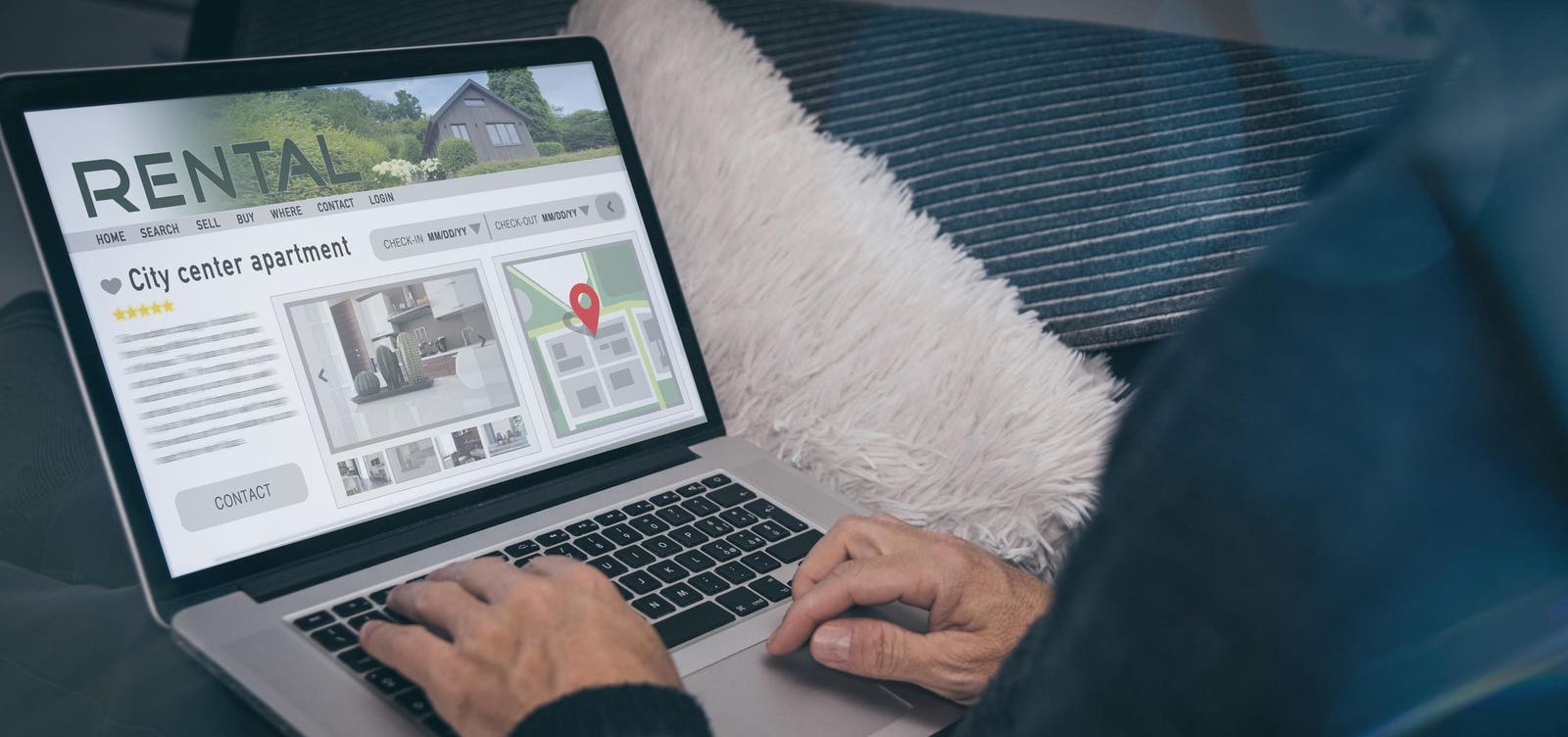The future of of aerospace is AI-powered.
The aerospace sector, long known for pushing the boundaries of innovation, is embracing AI to help take on some of its most complex challenges. As modern aviation systems are growing increasingly complex, AI is being adopted to deliver the automation and real-time intelligence needed to ensure safety, decrease operational costs, and improve overall efficiency. Whether it’s streamlining aircraft production, optimizing flight operations, or predicting maintenance needs before they arise, AI is helping aviation professionals rethink what’s possible, both on the ground and up in the sky.
This new era of AI-powered aerospace is already taking shape. Intelligent systems are streamlining aircraft design, revolutionizing manufacturing with advanced analytics, and enabling predictive maintenance to minimize downtime of aircraft and machinery.
So, what does this AI-powered future look like? And are all areas of the aerospace industry cleared for takeoff with AI?
AI-Assisted Flight & Operations
Thinking back to the early days of aviation we have come a long way. Technological advances have allowed aircrafts to become safer, more fuel efficient, and significantly more reliable and accessible. Now, with the help of AI we are also seeing enhanced flight operations. AI is helping to optimize both the scheduling and flight paths of aircrafts. AI-driven systems are able to process large amounts of data quickly including weather data, air traffic data, and aircraft sensor data to suggest the most efficient routes, reducing delays and optimising fuel consumption.
AI is also increasingly being integrated into aircraft systems for enhanced cockpit automation. Inside the cockpit, AI is assisting pilots by automating routine tasks and providing decision support during complex situations. AI can monitor aircraft systems, provide real-time alerts, and suggest corrective actions acting as a true co-pilot helping pilots make better decisions and reducing their workload.
Additionally, AI is taking things one level further allowing for the development of autonomous aircraft, including drones and pilotless planes. AI-driven systems enable these aircrafts to autonomously navigate and make decisions in real-time without human intervention. This technology is being explored for both commercial and military applications, with DARPA and NASA leading advancements in this field.
Outside of the cockpit, AI is making sure planes stay safe in the sky. AI is being integrated into air traffic control systems to help manage increasingly congested airspace. AI-driven systems can help predict traffic patterns, optimize flight paths, and even manage air traffic autonomously, reducing the risk of human error and enhancing safety.
Enhancing Aircraft Design & Manufacturing Processes
Traditionally, designing aircrafts has been a human intensive, time consuming, and complex process. Now, AI is helping to accelerate many areas of the aircraft design process to optimize structures based on performance criteria such as weight, aerodynamics, and material strength. AI tools can quickly simulate thousands of design variations, helping engineers choose the best options and reduce the time and cost required for design iterations.
When it comes to aerospace manufacturing, quality control and precision are incredibly important. After all, if planes aren’t safe then people won’t want to fly. AI-powered computer vision systems are used to inspect components during the entire production process. Computer vision technologies can identify defects and ensure that parts meet stringent aerospace standards. This reduces the likelihood of faulty components making it into final assemblies. It also improves the overall manufacturing process and ensures high quality standards throughout the entire process.
Manufacturing relies heavily on the right parts to be in the right place at the right time to ensure projects stay on time and on budget. As a result, supply chain optimization is critical. AI helps optimize the entire supply chain by predicting demand, managing inventory, and streamlining logistics. AI tools can forecast the need for parts and materials, reducing lead times and ensuring that production schedules are met.
Improving Aircraft Maintenance
AI systems are really good at digesting large amounts of data quickly and finding patterns or outliers in that data. AI can analyze vast amounts of data from flight records, maintenance logs, and sensor readings to identify potential safety risks before they occur. Catching and mitigating risks before they become serious issues helps airlines and regulators maintain high safety standards and allows passengers to feel safer flying.
AI-powered predictive maintenance systems analyze sensor data and historical records to anticipate equipment failures before they occur. This proactive approach reduces downtime of critical equipment, extends the lifespan of critical assets, and provides cost savings as parts can be ordered ahead of time.
As AI continues to gain interest and adoption across the entire aerospace industry, its potential to reshape operations, enhance safety, and drive innovation will continue to fly. However, successful adoption also requires careful navigation. The need for balancing technological possibilities with regulatory demands, ethical considerations, and human oversight must not be overlooked.








